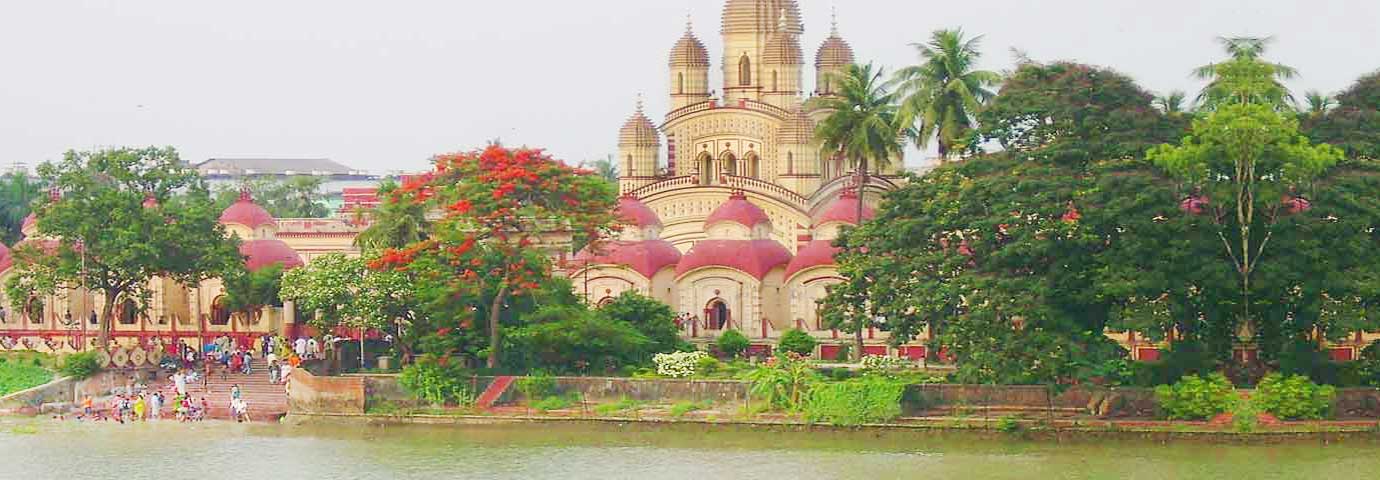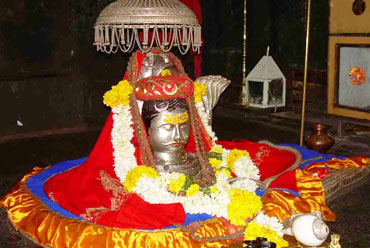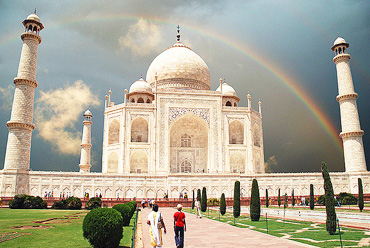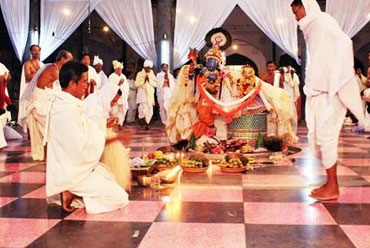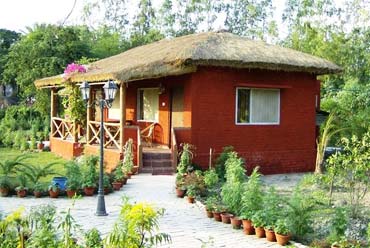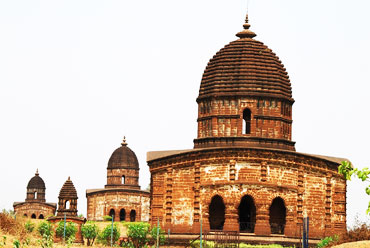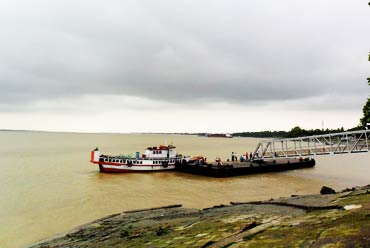Calcutta, a city that means many things to many people. For some, Calcutta is the city of joy, while for others it is dirty, crowded, and noisy. Once the greatest colonial city in the Orient, Calcutta was later reviled as a cauldron of poverty, dirt, and disease. Today, it ranks among the four major metropolis of India along with Delhi, Mumbai, and Chennai. A mere village in the 17th century, Calcutta is not an ancient city like Delhi. Like Mumbai and Chennai, it originated largely due to the expansionist ambitions of the European powers, especially the British Raj. Little wonder, Calcutta has some of the finest Raj edifices built in a variety of styles.
Location
The metropolitan city of Calcutta in the eastern Indian state of West Bengal extends between the latitude 22°82' N and longitude 88°20' E. The city is well connected to the other cities of India through train, bus, and air services. Most of the countries in the Asia have flight links to the city.
History
The first capital of the British in India, Calcutta does not have an ancient history like Delhi. The city was established in 1686 when British moved to the small villages of Sutanati, Govindpur, and Kalikata from their trading port of Hooghly. The city got its name from the last of the settlements mentioned above. The city progressed well until 1756 when Siraj-Ud-Daula (Nawab of Bengal) attacked the town and drove away the British. Lord Clive retook Calcutta and until 1911, Calcutta remained the capital of the British government in India. Being the center of power for so long created a unique culture and heritage of the city, totally unlike any other city of India. The people here are proud of their culture and can go to any length to defend it. The humanity of the city can be felt only through visiting the place and not by reading.

